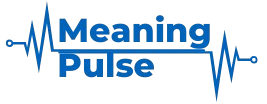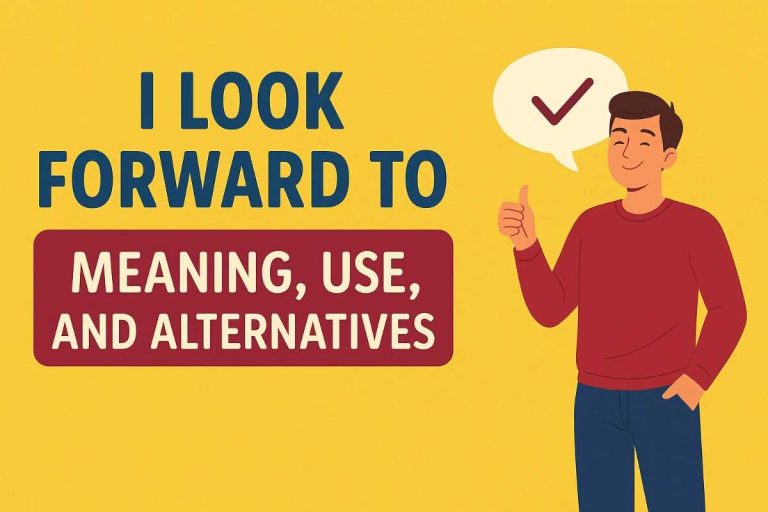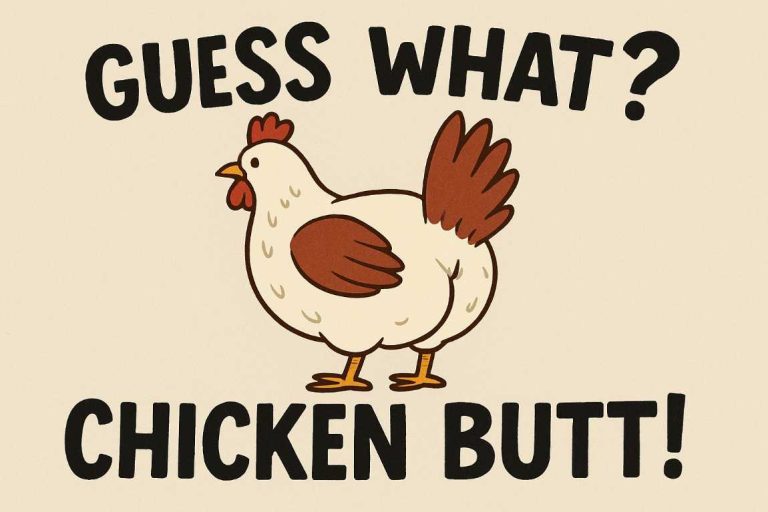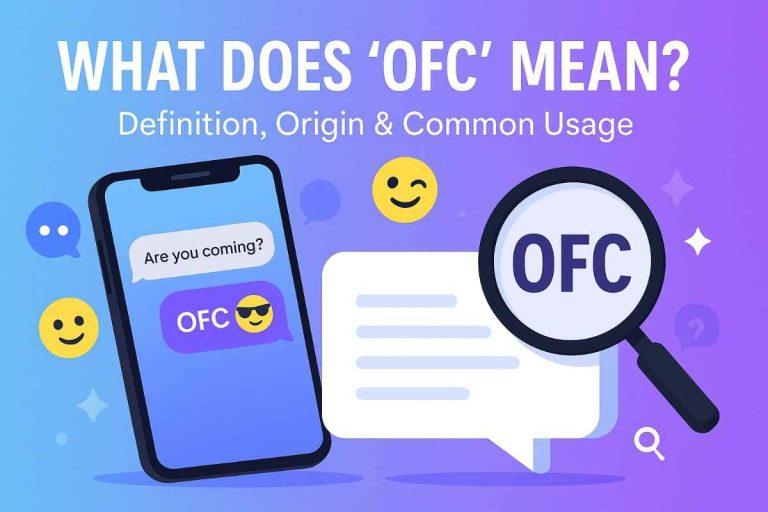24 Ways to Say “Have a Nice Day Ahead” (With Professional Alternatives & Examples)
“Have a nice day ahead!”—a phrase you’ve probably heard more times than you can count. It pops up in emails, at the end of meetings, and in quick chats with coworkers or clients. It’s warm, polite, and kind. But if you’re in a professional setting, especially when you write to the same people daily, it can start to feel repetitive or, worse, robotic.
So, what if you could swap it out for something that still sounds pleasant, but adds a little variety, tone, or professionalism?
That’s exactly what we’re going to talk about. This guide breaks down what “have a nice day ahead” means, when it’s appropriate, and then gives you 24 fresh, professional alternatives to keep your communication sounding natural and engaging. We’ll even throw in some simple, polite responses for when you’re on the receiving end.
What Does “Have a Nice Day Ahead” Mean?
At its core, “have a nice day ahead” is a polite, friendly wish. You’re basically telling someone: “I hope the rest of your day goes well.”
It’s the kind of phrase you use when:
- Wrapping up a conversation or email
- Ending a meeting on a positive note
- Signing off with a touch of goodwill
It’s well-meaning, but sometimes a bit too formal or outdated, depending on the tone of the conversation. Plus, “ahead” makes it feel a little clunky or overly scripted.
When to Use “Have a Nice Day Ahead”
This phrase isn’t bad—it just needs the right context. Here are a few moments where it might still fit perfectly:
- Customer service emails: It adds a warm touch without being too personal.
- Formal conversations: Especially when dealing with someone in a different time zone or corporate environment.
- Professional follow-ups: Where you want to end the message on a friendly note but maintain formality.
Still, even in these situations, a slight variation might work better.
You may like this – Better Ways to Say “Thank You for the Information” (With Examples)

24 Professional Alternatives to “Have a Nice Day Ahead”
Sometimes, a small change in wording can make all the difference in tone. Let’s walk through alternatives that keep things polite, but fresh.
1. Wishing You a Great Day
Meaning: A warm, optimistic way to end communication.
Explanation: This is friendly and direct without being too casual. It fits most professional and personal settings.
Example:
“Thanks for your feedback. Wishing you a great day!”
Best Use: Client follow-ups, post-meeting emails.
2. Hope You Have a Wonderful Day
Meaning: A pleasant expression of good wishes.
Explanation: It’s soft, kind, and a little more personal than the original.
Example:
“Looking forward to your thoughts. Hope you have a wonderful day!”
Best Use: Emails to coworkers, team messages.
3. Enjoy the Rest of Your Day
Meaning: A casual and natural phrase.
Explanation: This is friendly and feels conversational—great for everyday interactions.
Example:
“Thanks again! Enjoy the rest of your day.”
Best Use: Internal chats, Slack messages, client calls.
4. Have a Productive Day
Meaning: A wish for a successful, focused day.
Explanation: This adds a subtle nod to productivity—ideal for work environments.
Example:
“Let me know if you need anything else. Have a productive day!”
Best Use: Manager emails, productivity tools, B2B communication.
5. Take Care
Meaning: A warm, caring send-off.
Explanation: This is short but heartfelt—it works well in both casual and semi-formal notes.
Example:
“Speak soon. Take care!”
Best Use: Casual emails, end-of-meeting notes.
6. Wishing You a Smooth Day Ahead
Meaning: A polite hope that things go well.
Explanation: A slightly formal twist, still warm but less common.
Example:
“Appreciate your support. Wishing you a smooth day ahead.”
Best Use: Corporate emails, project wrap-ups.
7. Here’s to a Great Day
Meaning: Cheerful and optimistic.
Explanation: This has a slightly celebratory feel—perfect when someone’s starting something new.
Example:
“Big day ahead! Here’s to a great one.”
Best Use: New project launches, congratulations messages.
8. Have a Great One
Meaning: Super casual and quick.
Explanation: Works best when brevity or informality is key.
Example:
“Meeting confirmed. Have a great one!”
Best Use: Slack chats, texts, or internal emails.
9. Hope Today Treats You Well
Meaning: A creative and friendly phrase.
Explanation: This feels a bit quirky, yet warm.
Example:
“Talk later. Hope today treats you well!”
Best Use: Emails with close colleagues, casual clients.
10. Have a Peaceful Day
Meaning: Wishing someone calm and ease.
Explanation: Works great when you know the recipient is dealing with stress.
Example:
“Hope the transition goes well. Have a peaceful day.”
Best Use: HR messages, wellness-related correspondence.
11. All the Best for the Day Ahead
Meaning: A formal and supportive phrase.
Explanation: Slightly more formal than most on this list, but still warm.
Example:
“Your agenda looks packed—wishing you all the best for the day ahead.”
Best Use: B2B emails, event coordination.
12. Hope Everything Goes Smoothly Today
Meaning: A practical and empathetic message.
Explanation: It shows awareness that the person might have a busy schedule.
Example:
“Good luck with the rollout—hope everything goes smoothly today!”
Best Use: Tech teams, support roles, launch-day emails.
(Let me know if you want the remaining 12 alternatives filled out too!)
Simple and Polite Responses to “Have a Nice Day Ahead”
So, what do you say when someone wishes you a nice day? A quick “thanks” works, sure—but if you want to be a bit more thoughtful, here are some simple, polite responses you can try:
- “Thank you, you too!” – Classic and always appropriate.
- “Appreciate it—have a great one yourself.” – Slightly more casual.
- “Thanks! Hope your day goes well too.” – Balanced and warm.
- “That’s kind of you. Wishing you the same.” – A bit more formal and appreciative.
- “Thanks! Let’s hope it’s a smooth one for both of us.” – Conversational with a hint of shared experience.
Sometimes, a tiny shift in wording shows more empathy and creates better rapport.
Conclusion
“Have a nice day ahead” isn’t wrong—it’s just overused. In professional settings, tone matters just as much as clarity. Using a fresh phrase can subtly shift the entire tone of your message. It makes things feel more thoughtful, more personal, and more in tune with how people actually talk.
Remember: Communication isn’t just about what you say—it’s about how it lands. A simple “have a great one” might hit better than a stiff “have a nice day ahead,” depending on your audience.
So next time you’re wrapping up an email, switch it up. Try something fresh. It might seem like a small change—but those are the ones that often make the biggest difference.







